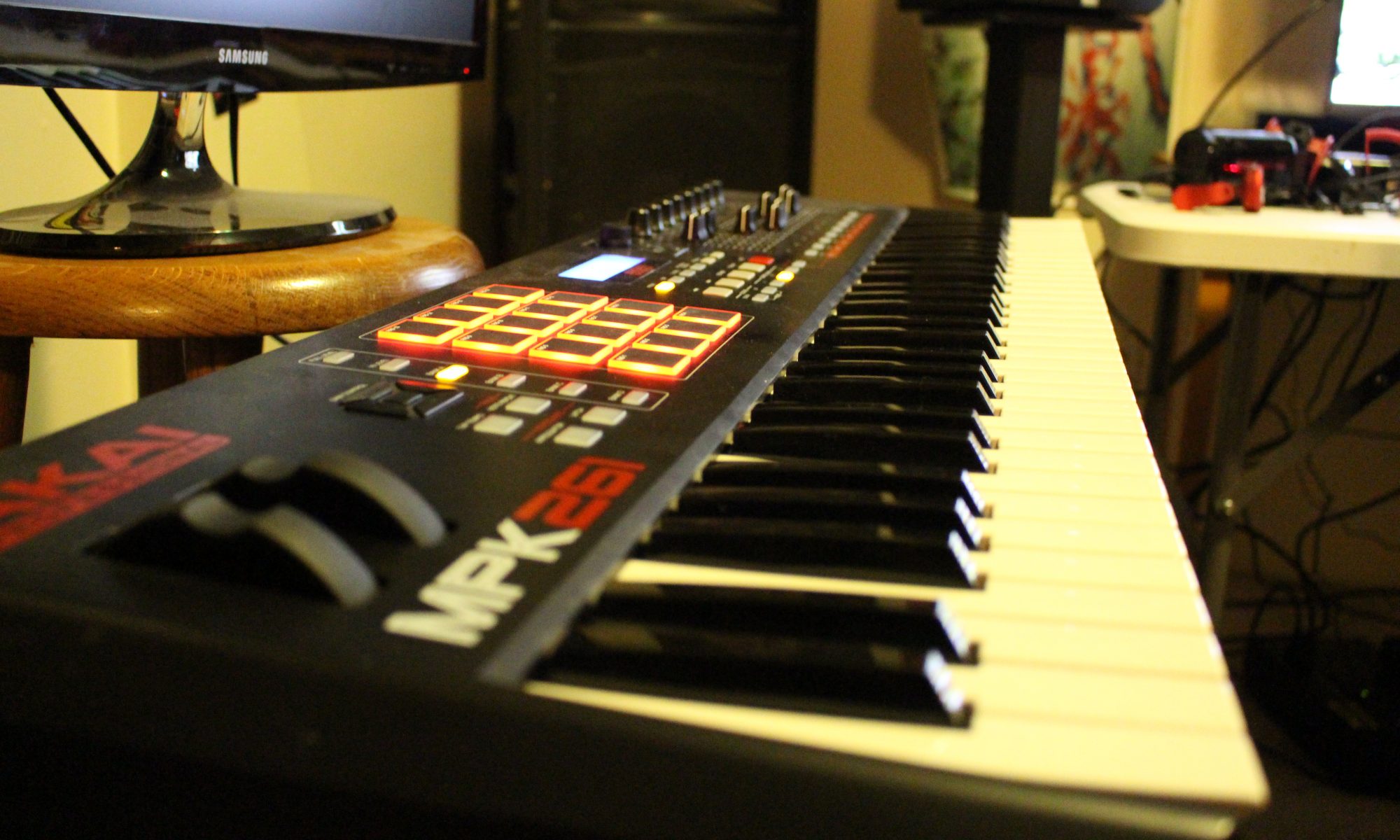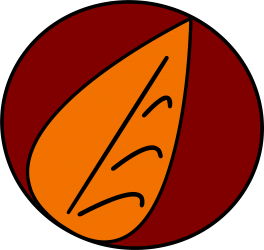Hey! What’s up everybody. I’m David and today’s article is going to be a little different than some of the others. I spend a lot of time on this site making music and explaining how I use music making tools so that you can make music too. One of the main tools I talk about is Cubase, which is made by Steinberg, which is owned by Yamaha. You know Yamaha. They make motorcycles and wave runners and grand pianos and inexpensive guitars and, apparently, Cubase. But, the origin story of the Yamaha Corporation is extraordinarily fascinating. And this is not a sponsored story. I’m not being paid to tell the story to you. I am telling you the story today because it is a great story. So, let’s get into it.
Oh, and a video version of this story is available here:
The history of Yamaha begins with one dude. Torakusu Yamaha. Like many of us, his story is one of fits and starts. He did not experience overnight success. But check this out. Yamaha’s dad was a samurai. Isn’t that cool? But despite his fathers traditional occupation, Yamaha was born in 1851 on the eve of the era of modernity in Japan. You see, when he was 16, the Meiji restoration occurred.
The Meiji restoration was the political revolution in 1868 that brought about the final demise of the Tokugawa shogunate (military government) and, at least nominally, returned control of the country to direct imperial rule under Mutsuhito. Which, is relatively immaterial. What is important is that The Meiji Restoration accelerated the industrialization process in Japan. This opened Japan to western economic partners and practices and would be crucial in Yamaha’s future success.
At the age of 19, Yamaha travelled 850km from Wakayama to Nagasaki to study watchmaking under an English engineer who had recently arrived in Japan. Western watches had become fashionable and Yamaha saw an opportunity to have a successful career. Despite becoming proficient in the craft, Yamaha’s watchmaking career never took off. He found himself traveling back toward where he was born. He ended up studying medical equipment repair in Osaka while living behind a medical equipment store.
By the age of 35, he had failed to establish himself, so he traveled to the coastal city of Hamamatsu to pursue a medical equipment repair career. The market in Hamamatsu was too small, so he supplemented his income by driving a rickshaw for the director of the Hamamatsu hospital. Then, one day, out of the blue, his life changed forever.
Yamaha got a call from the Jinjou Elementary School. They had imported a reed organ from Europe and it had broken. Yamaha, being the town tinkerer, was enlisted to figure out what was wrong with it and see if he could fix it. He determined the problem to be two broken springs, which he fabricated replacements for himself and brought the organ back to working condition. But, his ambitions didn’t stop there. With a loan from the hospital director who he drove rickshaw for and help from a buddy in town, he got to work in a one-room workshop. Two months later, he emerged with the first Japanese-made reed organ.
He wanted to present this prototype organ to the Music Institute in Tokyo to get approval for manufacturing. So, he and his buddy affixed it to a bamboo carrying pole and shlepped it over the mountains of Hakone. They even made a Bas-relief depicting this event. If you’re wondering what a bas-relief is.. google it.
So, he made the organ, he walked it over mountains and valleys for over 250km to present it to the music institute and then what do you think happened?
They hated it. Yamaha had copied the western organ that he had seen at the school, but when he made his own organ, he did so without any knowledge of temperament. His organ, to put it simply, was out of tune. After all this work, his prototype was roundly rejected. Here was Torakusu Yamaha, pushing forty, with nothing to show for all of his efforts. He was a failed watchmaker, medical device repairman, and organ manufacturer. But this organ thing was different. He was pretty sure he had something with it, so he decided not to abandon the cause. He stayed in Tokyo and studied musical theory and temperament at the very Institute that just rejected his work before returning to Hamamatsu to make a ‘Mark two’ prototype.
The second prototype was declared “as good as those from abroad”. And the orders started to pour in. Yamaha set up a factory in an abandoned temple and hired carpenters and cabinet makers from around Hamamatsu to start making reed organs. And the rest, as they say, is history. The Yamaha Corporation was born.
To this day, Yamaha’s determination can be seen in the logo for the Yamaha corporation, which is three tuning forks. Pretty cool, huh?
And, there is a lot to learn from the story of Torakusu Yamaha. His lifelong dream was not to make reed organs. As a matter of fact, he didn’t even know that reed organs existed until he stepped into that school at the age of 37. He may have had dreams of being a watchmaker, but he failed. He may have had dreams of being a medical equipment repairman, but he failed. And he may have had dreams of being an organ producer, but he failed at that too. But with the organs, he saw that he was close. It was competition that pushed him out of watchmaking and it was a small market that pushed him out of medical equipment, but he knew if he could perfect his organ manufacturing process, there was nobody in Japan to compete with him. He knew he could corner the entire Japanese market, so he stuck with it.
And it is also important to realize that the watchmaking and medical equipment training that he received in his early years all served to make him a better organ manufacturer. He had no way of knowing where his path would lead him, but his unwillingness to give up made all of the difference.
And perhaps most importantly, just as the oak grows from the mighty acorn, Yamaha concert grand pianos are seen in some of the most prestigious concert halls in the world. But it all started with one of the least pleasing instruments of all time. The reed organ.
That’s all I got for today everyone. I hope you enjoyed this story and if you did, feel free to like or subscribe. I’ll be back with more content soon, but until then take care of yourselves and goodbye.

